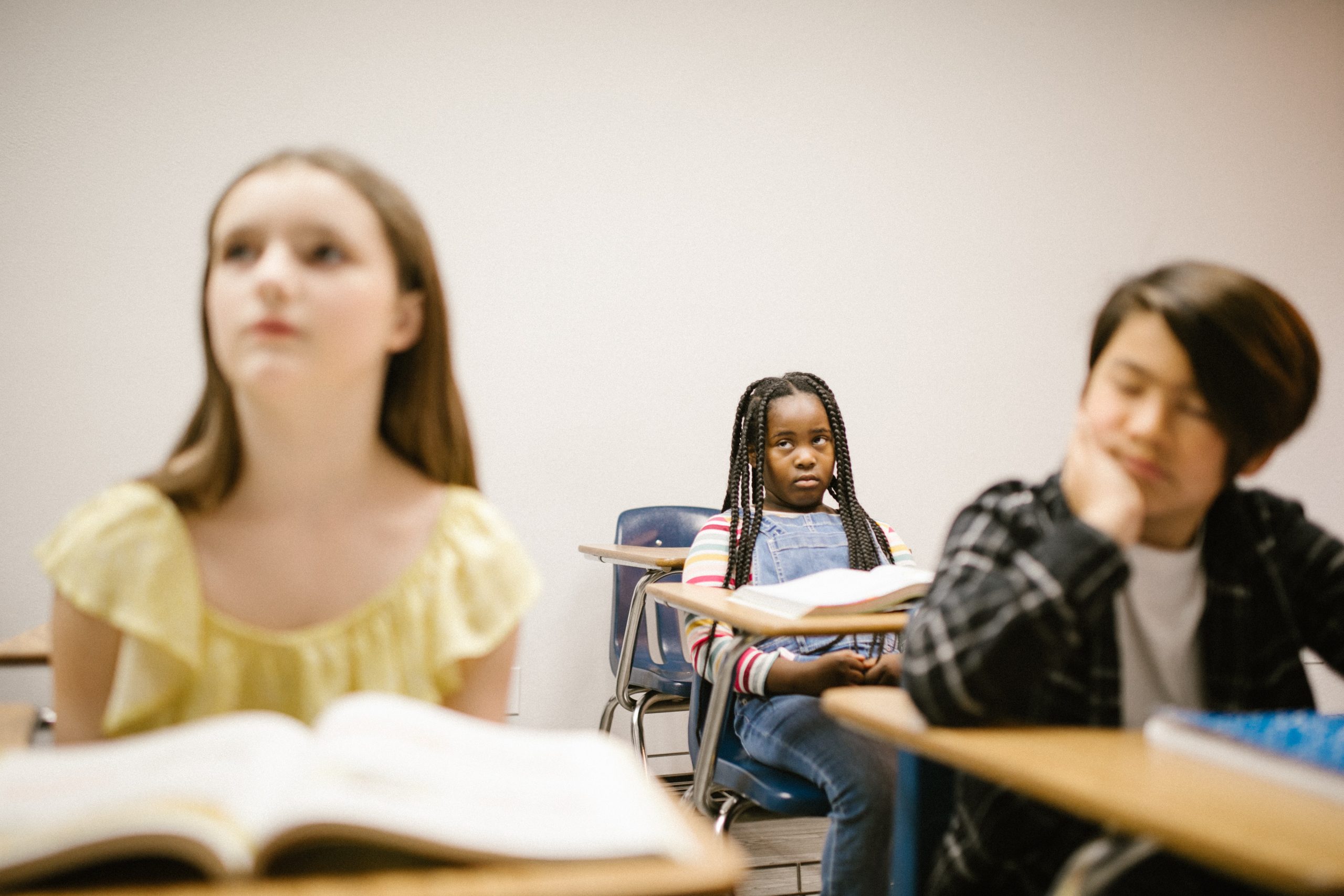
Savannah Hulsey Pointer, FISM News
[elfsight_social_share_buttons id=”1″]
A Wisconsin school district is putting elementary school students through a week-long gender identity and sexual orientation lesson designed by LGBT activists, according to an email obtained by the Daily Caller News Foundation.
The emails indicated that the Madison Metropolitan School District (MMSD) dedicates one week to teaching students the distinction between gender identity, sex assigned at birth, and sexual orientation as a part of their “Health and Social Emotional Learning (SEL) Lessons.” The Human Rights Campaign Foundation’s LGBTQ education and school program “Welcoming Schools” is the district’s main priority (HRCF).
“The goal is for students to understand the difference between gender, sexual orientation, and sex assigned at birth,” the email stated. “Students are NOT being asked to share their specific identities for each of these components, rather just acknowledging that they exist and are different and how to show respect for all identities.”
According to the group’s website, HRCF is an organization dedicated to ending LGBTQ discrimination. Their “Welcoming Schools” project aims to create “gender inclusive schools” through lessons and professional development training programs.
In the emails the groups outlined the materials, saying the lessons will include “read-alouds” and “classroom discussions” about gender identity, sex at birth, and sexual orientation. The week comes to a close with a “rainbow day.” Students will not be asked to share their gender identity or sexual orientation throughout the week, the information reported by journalists said. Families were encouraged to watch an introductory video to better understand what and why the school district is teaching.
In order to be inclusive, the introduction video used a “gender snowperson” to describe gender identity, sexual orientation, and sex assigned at birth. The “gender snowperson” demonstrated that gender identity is generated by the brain and is “who you know you are,” whereas sexual orientation is generated by the heart and is “who you know you love.”
According to the video, sex, gender identity, gender expression, and sexual orientation can all be viewed as a “continuum” or a spectrum. According to the video, kindergarten through third-grade students learn about sexual orientation by discussing “who they love” and that “anyone can love anyone,” while fourth and fifth graders define gay, lesbian, bisexual, pansexual, and asexual.
“There are students in our schools with different gender identities,” the video stated. “We have at MMSD many elementary school students who identify as cisgender, as transgender, as nonbinary and the whole spectrum of identities. And if we aren’t talking and teaching about these different identities, students don’t see themselves and they don’t feel like they belong in our schools.”
The MMSD and the Human Rights Campaign Foundation did not immediately respond to journalists’ requests for comment.
More assertive training on the sexuality of children has been reported across a number of institutions. FISM previously reported that Harvard Medical School will be offering a class this school year instructing students on care and treatment for patients, from babies to adults, who identify as LGBTQ+.
The catalog states that the students will work with “patients [who] identify as lesbian, gay, bisexual, transgender, queer, intersex or asexual (LGBTQIA+) … and education will focus on serving gender and sexual minority people across the lifespan, from infants to older adults.”
Harvard was reportedly asked by the College Fix “how medical experts know if an infant is LGBT, [but] the school did not respond to three inquiries sent in the past two weeks,” according to the publication.
The institution’s course catalog outlines the school’s collaboration with a number of institutions to train students and aspiring doctors to “care for patients with diverse sexual orientations, gender identities, and sex development.”
The four-week course, “Caring for Patients with Diverse Sexual Orientations, Gender Identities, and Sex Development,” emphasizes the fact that many students’ work from the course eventually gets published by requiring “a scholarly product” at the end.
